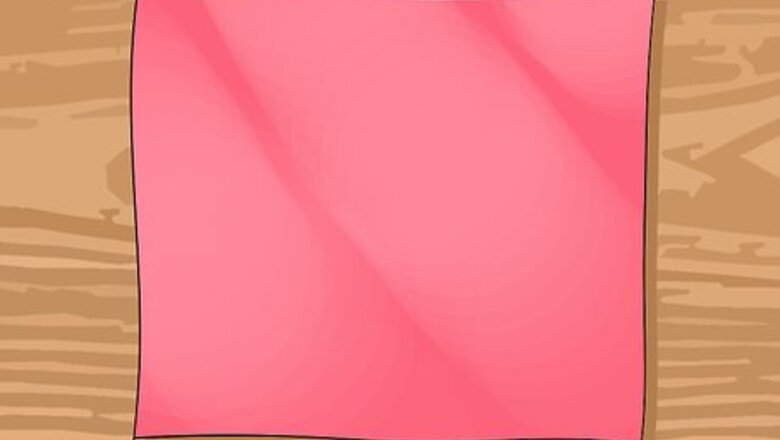
views
Making a No-Sew Coat
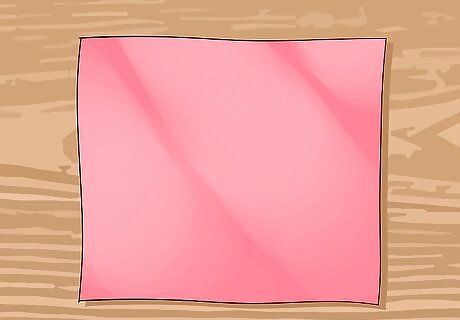
Find a fleece or wool-felt blanket. You won't be doing any sewing in this method, but you will be doing some cutting. Because of this, you want a material that does not fray—such as fleece or wool-felt. A throw or twin-size blanket will work best for this. A much larger blanket may be too long, especially in the arm area. If you do decide to use a larger blanket, you may need to cut it down.
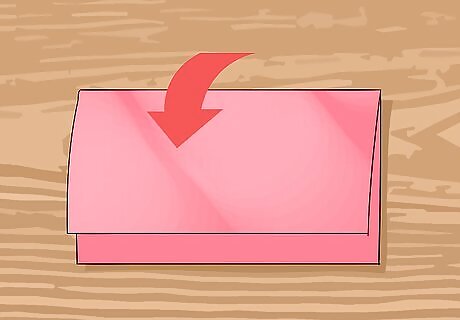
Fold the blanket in half widthwise. If you'd like, you can fold it asymmetrically, so that the front part is shorter than the back. Once you have folded the blanket, rotate it so that the folded part it on top, and facing away from you.
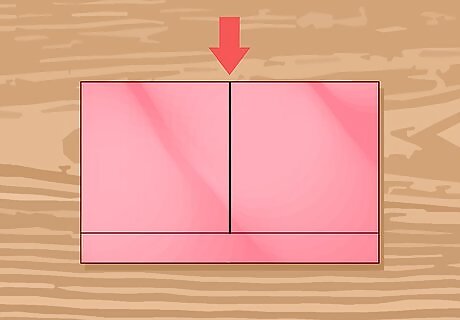
Draw a vertical line down the center-front of your folded blanket, from the folded edge all the way down to the bottom. This will be your cutting line. A quick and easy way to find the center is to fold the blanket in half widthwise, and make a mark at the top and bottom edges.

Cut along the line that you drew. Make sure that you are only cutting through the front layer of fabric, and not both. Cut straight up from the bottom edge of your blanket all the way to the top edge. These two flaps will make the front of your coat.
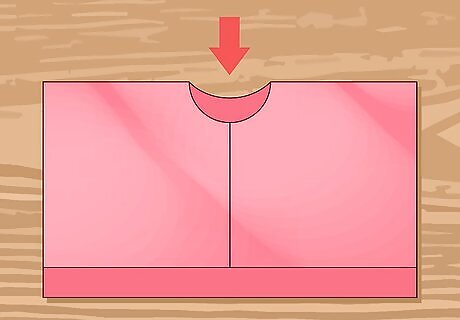
Cut a half-circle along the top fold to make an opening for your neck. Make sure that the circle is centered. If you want a more tailored finish, cut a narrow half-circle through both layers of fabric first. Next, cut the circle bigger, but only on the front layer of fabric. This will create a neck opening that is narrower in the back, and wider in the front, just like in store-bought garments. To find the circumference for the circle: measure the base of your neck, then add 1 inch (2.54 centimeters).
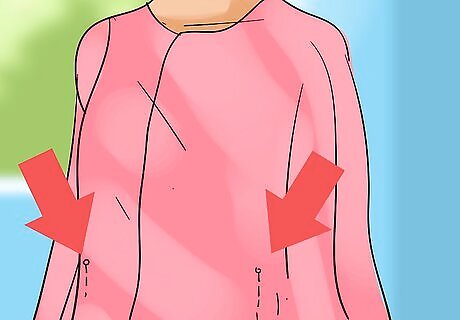
Try the coat on, and place a sewing pin where your waist is on the center of each front flaps. Drape the coat over your shoulders, with the solid piece against your back, and the two flaps hanging down in front of your chest. Figure out where your waist is, then slip sewing pin into the fabric. The sewing pins will mark the placement for the belt holes, so that you can close the coat.
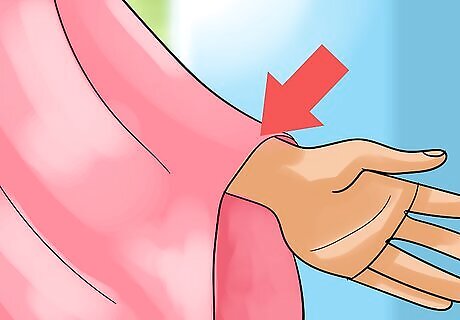
Check the sleeve lengths. The edges of the fabric should fall to your wrists, or just below. If the blanket is too wide and the sleeves are too long, you will need to shorten them. Figure out where you want the sleeves to end, then mark the spot with a sewing pin. Do this for both sleeves.
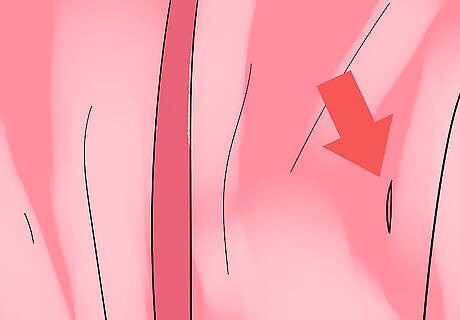
Take the coat off, then cut a short slit on each flap, using the sewing pens as a guide. Make sure that the sewing pin is centered on each flap first. Next, cut a 1-inch (2.54-centimeter) long slit on each front flap, then remove the sewing pin. Do not cut through the back layer of fabric. You will be slipping a belt through these slits. If the belt you want to use is wider than 1 inch (2.54 centimeters), then cut the slit longer.
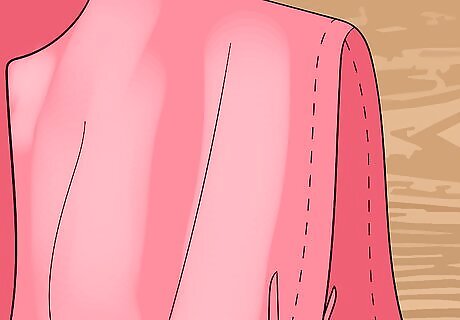
Shorten the sleeves, if needed. If you made marks where you want to cut the sleeves, unfold your blanket, and spread it out on the floor. Fold the edges of the blanket inward using the sewing pin as a guide. Cut along the fold on each side, then remove the sewing pins when you are done. Consider using one of these strips as a belt for your coat. If the strip is too wide, you can cut down lengthwise.
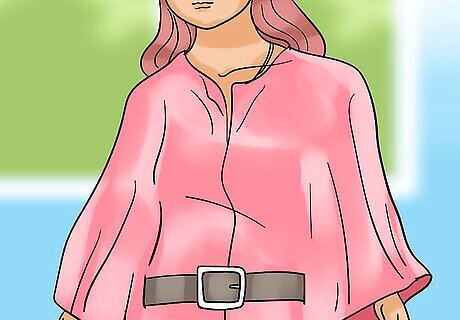
Wear the coat. Drape the coat across your shoulders, with the solid part against your back, and the two flaps hanging down in front of your chest. Place a belt behind your back, under the blanket. Wrap the belt around your waist, and slip both ends through the slits you cut. Finish off by buckling the belt. The back piece will hang loosely against your back. The front will be gathered and scrunched up. If you are using one of the strips you cut off earlier as a belt, simply tie it in a loose knot or bow.
Making a Basic Coat
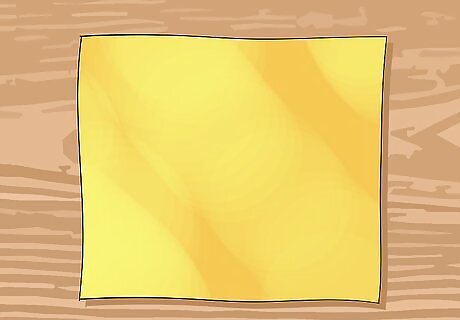
Find a blanket. A heavy blanket made from fleece or felted-wool could be ideal, but you can use any type of blanket for this.

Cut the blanket in half widthwise. Fold the blanket in half first, and make sure that all of the edges and corners match up. Next, cut right along the fold, then set one of the halves aside.
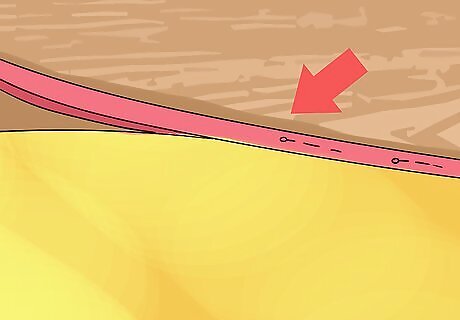
Pin ½-inch (1.27-centimeter) wide double-fold bias tape along the raw edge. Take one of the halves, and fold the bias tape over the raw edge. The raw edge should be sandwiched inside the bias tape, nestled right against the fold. The color can match your blanket, or it can contrast it. You can also use ribbon for this, if you'd like something fancier. Consider folding the ribbon in half, and then ironing it. This will create a crease, similar to what bias tapes have.
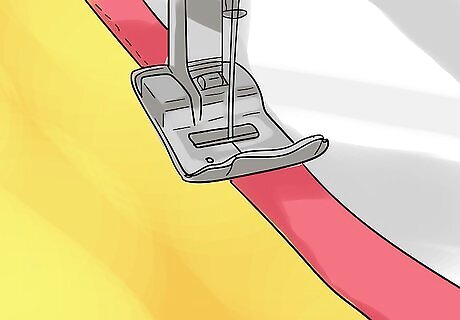
Sew the bias tape down. Choose a thread color that matches the bias tape, then sew it down using the straight stitch on your sewing machine. Sew as close to the inside edge of the bias tape as you can. Be sure to backstitch at the start and end of your sewing. This will keep the stitching from unraveling.
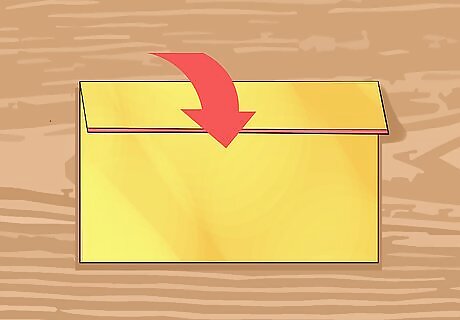
Fold the bias-taped edge down by 8 inches (20.32 centimeters) to make the collar. Spread the blanket half down in front of you, with the bias-taped edge facing up and away from you. Next, fold the bias-taped edge down towards you by 8 inches (20.32 centimeters).
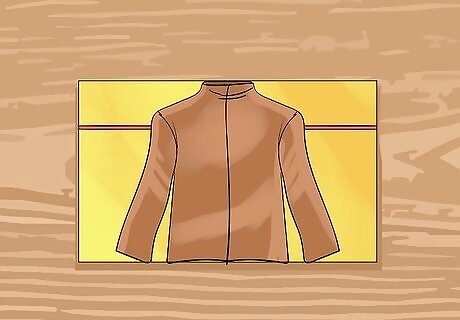
Place a short, loose-fitting jacket on top of your folded blanket. Make sure that the jacket is centered, and that the collar is aligned with the top, folded edge of your blanket. You will use this as a guide for the placement of your sleeves. If you don't have a jacket, you can use a loose-fitting sweatshirt or T-shirt instead.
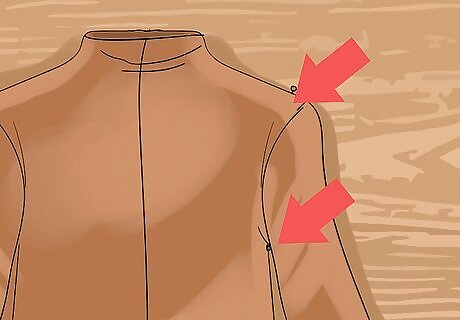
Mark where the sleeves join the body of your jacket. Fold the sleeves on your jacket inward. Next, take a sewing pin, and place it just below your jacket's sleeve, right next to the body. Take another sewing pin, and place it right above the sleeve, right next to the shoulder. Repeat for the other sleeve on the other side of the jacket.

Remove the jacket, and draw a vertical line between the top and bottom sewing pins. You can use a tailor's chalk or tailor's pen for this. These will be your cutting lines for the arm holes. You can also place the pieces of a coat pattern onto the blanket and cut those out. Then, follow the sewing directions on the pattern to assemble the coat.
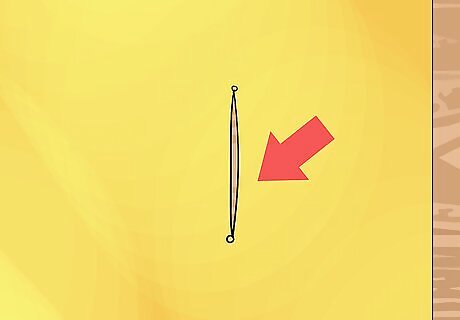
Cut the sleeve holes and remove the pins. For a more tailored finish, cut the slits into ovals instead. Set the blanket aside when you are done.
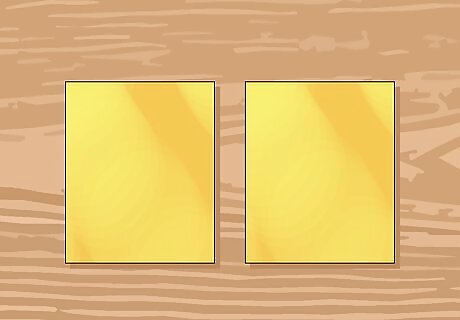
Take the other blanket half, and cut it in half widthwise. Fold the blanket in half first, so that the blanket's original side edges match up; the raw edge should be on one side, and the finished edge should be on the other. Cut the blanket in half, using the fold as a guide.
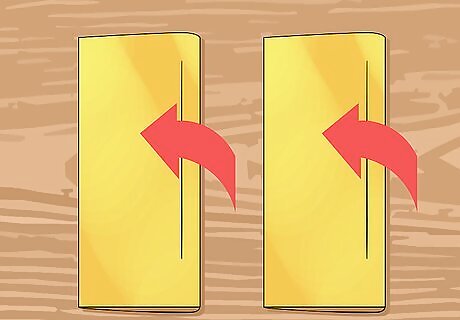
Fold each half lengthwise, so that the finished edge of the blanket becomes the cuff. Take the raw edge you just cut, and fold it towards the blanket's finished side edge. You should now have something that resembled a sleeve, with a raw end and a finished end. You will be sewing the raw end into the blanket; the finished end will make the cuff.
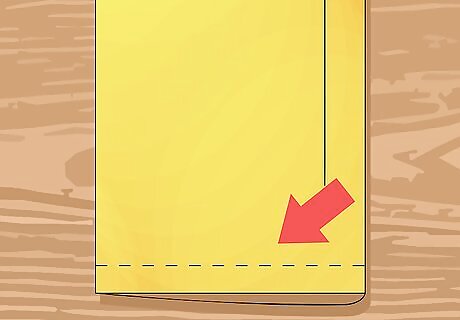
Shorten the sleeves, if needed. Measure the sleeve against your arm, placing the cuff against your wrist (or wherever you want the sleeve to end). If the sleeve is too long, place a sewing pin at the shoulder, then cut it down. Measure your other sleeve against the one you just cut. This will ensure that both sleeves are the same length.
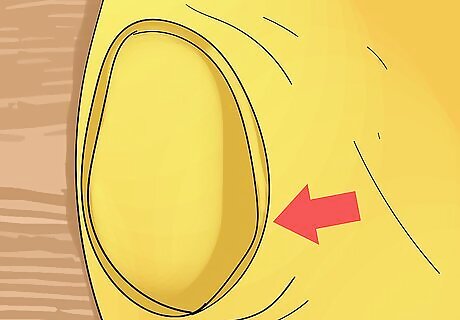
Check the width of the sleeves against the arm holes you cut. Keeping the sleeve folded, place the narrow, raw end against one of the arm holes. It should be ½-inch (1.27-centimeter) wider. If it is too wide, make a mark along the raw edge, then cut the sleeve accordingly. Repeat with the other sleeve. Remember, the finished sleeve needs to be ½-inch (1.27-centimeters) wider, to allow for seam allowances. Consider tapering the sleeves slightly towards the "cuff" for a more tailored look.
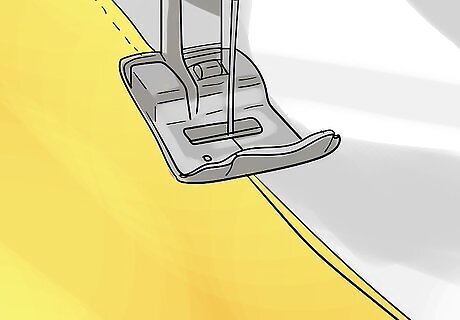
Sew the sleeves, with the right sides facing in, using a ½-inch (1.27-centimeter) seam allowance. Use the straight stitch on your sewing machine, and a needle and thread tension suitable for the fabric you are working with. If your fabric is not made out of fleece or felt, zigzag stitch over the raw edges of the seam; this will keep it from fraying.
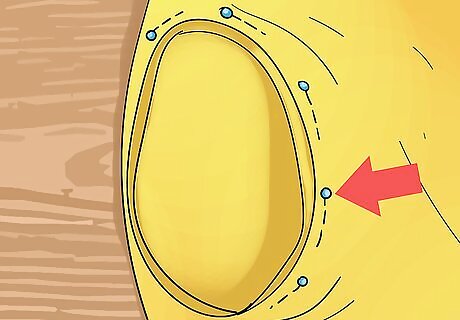
Turn the sleeves right-side-out, and pin them to the sleeve holes. Align the raw end of the sleeve with the sleeve hole. Next, pin the sleeve in place, all the way around the arm hole. If the arm hole is too big, position the sleeve so that the excess fabric is at the bottom. Next, use a needle and thread to close up the hole. Tie the thread off and snip off any excess. If the sleeve is too big, position the sleeve so that the excess fabric is at top. Use a needle and thread to gather the excess fabric until it fits in the sleeve hole. Tie the thread off when you are done, and pin the sleeve in place.

Sew the sleeves on, using a ½-inch (1.27-centimeter) seam allowance. Remove the sewing pins as you sew. Again, if the fabric you are using is the kind that frays, bind the edges with a zigzag stitch.

Wear the coat. Your coat is now complete. If you want to get even fancier, you can add buttons or snaps to the front. You can wear the coat with the collar flattened down, or tucked up against your neck.




















Comments
0 comment